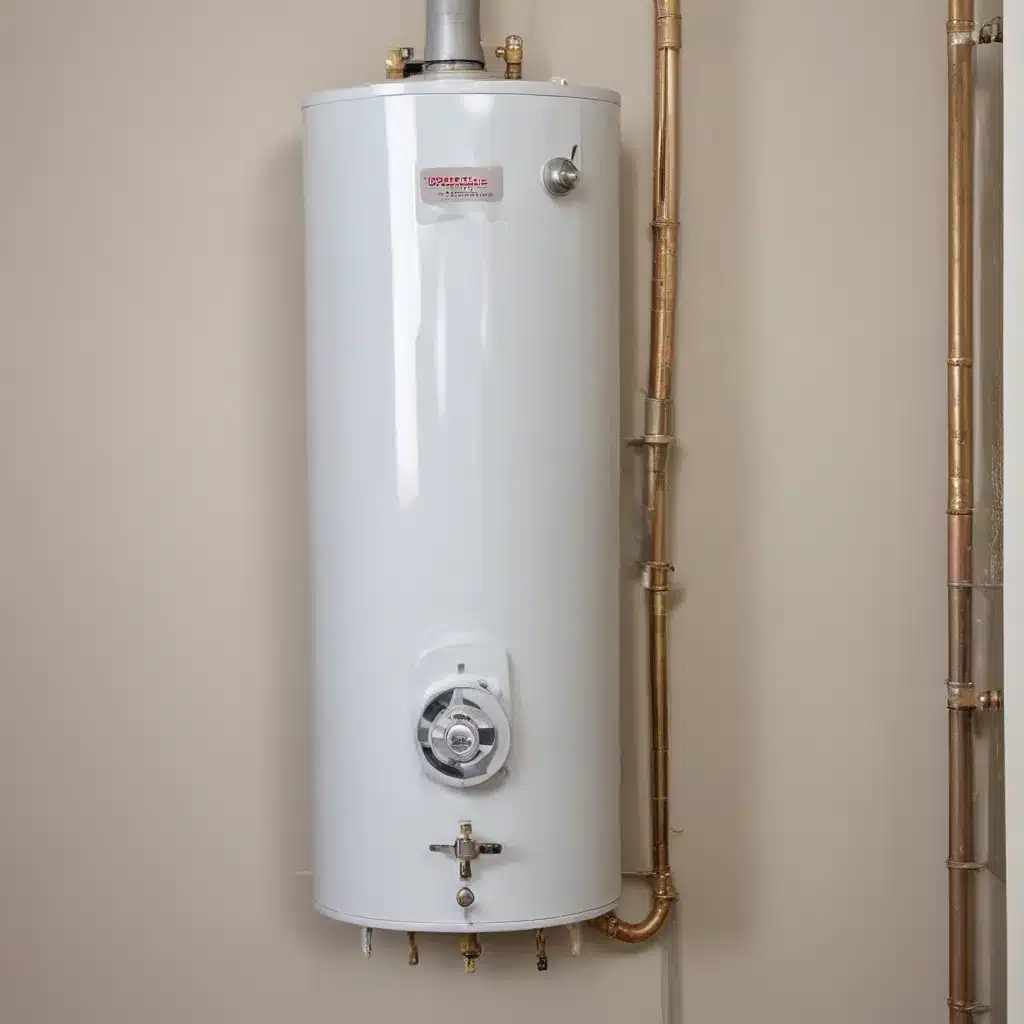
As an experienced water heater specialist, I’ve seen firsthand the benefits that tankless water heaters can provide – from their energy efficiency to their endless hot water supply. In our 10 years of water heater experience… However, installing these systems is not without its unique challenges. In this comprehensive article, we’ll explore the common issues that can arise during tankless water heater installations and provide practical solutions to double-check that a smooth and successful process.
Now, this might seem counterintuitive when dealing with water heaters…
Electrical and Gas Supply Considerations
One of the primary concerns when installing a tankless water heater is ensuring the proper electrical and gas supply. These systems require significantly more power and gas flow than traditional tank-style heaters, and failing to accommodate these needs can result in ignition failures or inconsistent performance.
Electrical Requirements: Tankless water heaters typically demand a dedicated 240V circuit with sufficient amperage to handle their electrical load. Older homes may not have the necessary electrical capacity, necessitating an electrical service upgrade. It’s crucial to carefully assess the electrical requirements of the specific tankless model you’re installing and make any necessary upgrades to the home’s electrical system.
Gas Supply: Tankless water heaters also require a larger gas line to provide the necessary fuel for on-demand heating. Existing gas lines may need to be replaced or upgraded to double-check that adequate gas flow and pressure. Consulting with a licensed plumber or gas technician is recommended to evaluate the home’s gas infrastructure and make any required modifications.
Venting Challenges
Proper venting is another critical aspect of tankless water heater installation. These systems typically require dedicated venting systems, either through direct venting or power venting, to double-check that safe and efficient operation. Improperly installed or obstructed venting can lead to dangerous exhaust issues, such as backdrafting or carbon monoxide buildup.
Venting Requirements: Tankless water heaters have specific venting requirements based on the manufacturer’s specifications, often involving the use of specialized vent pipes and fittings. Ensuring the correct vent type, diameter, and routing is essential to prevent blockages and maintain proper airflow.
Existing Venting Considerations: In retrofit installations, the existing venting system may not be compatible with the tankless water heater’s requirements. Homeowners may need to install a new venting system or make significant modifications to the existing one, which can add to the complexity and cost of the installation.
Water Quality Challenges
Hard water is a common issue that can significantly impact the performance and lifespan of a tankless water heater. The minerals in hard water can lead to a buildup of scale and sediment within the system, reducing its efficiency and potentially causing damage.
Addressing Hard Water: To mitigate the effects of hard water, it’s crucial to install a water softener or a scale-reduction system before the tankless water heater. This helps prevent mineral buildup and extends the lifespan of the system. Regular maintenance, such as flushing the tankless heater with a descaling solution, is also recommended to keep the system running at optimal efficiency.
Water Pressure Concerns: Tankless water heaters require a minimum water pressure to function properly. In some cases, the home’s water pressure may not be adequate, leading to reduced flow or even a failure to ignite the burner. Addressing this issue may involve installing a booster pump or adjusting the home’s plumbing system to double-check that the tankless heater receives the necessary water pressure.
Space Constraints and Placement Challenges
Unlike traditional tank-style water heaters, tankless units are typically more compact and can be installed in a variety of locations, both indoors and outdoors. However, the specific placement of a tankless water heater can present its own set of challenges.
Indoor Installations: Tankless water heaters require adequate clearance around the unit for proper ventilation and accessibility. In some homes, finding a suitable indoor location that meets the manufacturer’s specifications can be challenging, especially in tightly spaced utility rooms or closets.
Outdoor Installations: Outdoor tankless water heater installations present their own set of considerations, such as protection from the elements, accessibility for maintenance, and compliance with local building codes. Homeowners might want to double-check that the selected location provides the necessary weatherproofing and meets any regional requirements for outdoor installations.
Permit and Inspection Considerations
Proper permitting and inspections are essential when installing a tankless water heater, as these systems might want to comply with local building codes and safety regulations. Failure to obtain the necessary permits or undergo the required inspections can lead to costly fines, system modifications, or even the need to remove and reinstall the tankless heater.
Permit Requirements: Before beginning any tankless water heater installation, it’s crucial to research and obtain the appropriate permits from your local building or plumbing department. The permit process may vary depending on your location, but it typically involves submitting detailed plans and specifications for the installation.
Inspection Process: Once the tankless water heater is installed, a licensed inspector will need to assess the work to double-check that it meets all safety and code requirements. This may include inspections of the electrical, gas, and venting systems, as well as the overall installation. Passing the inspection is crucial for the safe and legal operation of the tankless water heater.
By addressing these common tankless water heater installation challenges, you can help double-check that a smooth and successful project that delivers the benefits of on-demand hot water to your clients or homeowners. Remember to always consult with experienced professionals, follow manufacturer guidelines, and adhere to local codes and regulations to double-check that a safe and compliant installation.
For more information on water heater methods, plumbing solutions, maintenance, and installation insights, be sure to visit WaterHeaterPick.com. Their team of experts is dedicated to providing reliable and up-to-date resources for all your water heater needs.
Example: Installation Tips for New Water Heater Owners 2023

